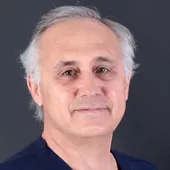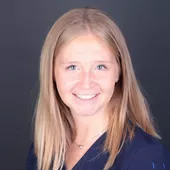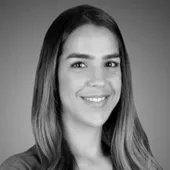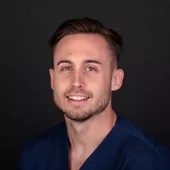Conventional and immediate loading with final n!ce® Screw-Retained Crowns with the Straumann chairside workflow
A clinical case report by Luis Cuadrado de Vicente, Cristina Cuadrado Canals, Andrea Sanchez Becerra, Luis Cuadrado Canals, Spain
Thanks to the extreme accuracy of modern intraoral scanners, excellent design software and reliable production systems, restoring an implant with a chairside model is now a reliable treatment with numerous advantages for the patient. The same day solution with final materials produces excellent implant crowns in a chairside environment. Modern implantology is headed in the direction of the emerging concept of immediacy. This comprises different treatment protocols aimed at providing the patient with minimally invasive surgery and, where possible, a same day temporary restoration. A reliable implant system, from the nanomolecular level to a complete restorative portfolio, is mandatory to provide this treatment. The core of the treatment is a full digital workflow, starting with optical impressions recorded with an intraoral scanner. To provide the same day treatments, the chairside model is mandatory. A digital intraoral impression and the corresponding design and production software and hardware enables the treatment team to obtain high-quality temporary or final restorations on the same day, without the use of a model.



